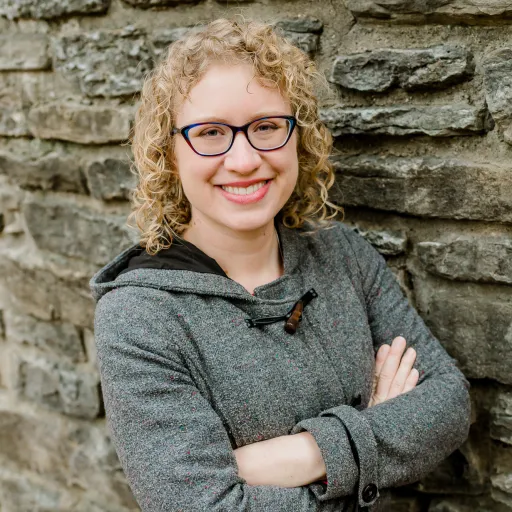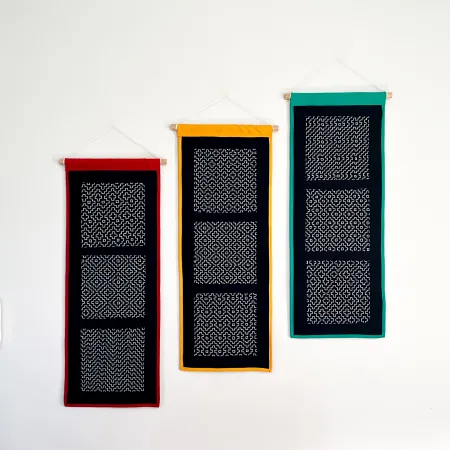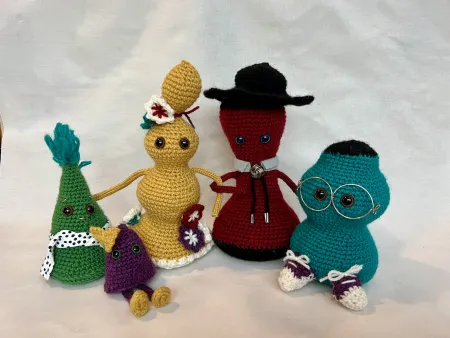Creating works of art inspired by mathematical results is a robust area of intersection in the world of Math & Art. Each year, artists and mathematicians come together from all over the world to celebrate the interplay between mathematics and art at the Bridges Math & Art conference. You can see many lovely mathematical works of art in the Exhibition Archive.
I enjoy creating art inspired by the papers I have written. This is the page where you can see them!


